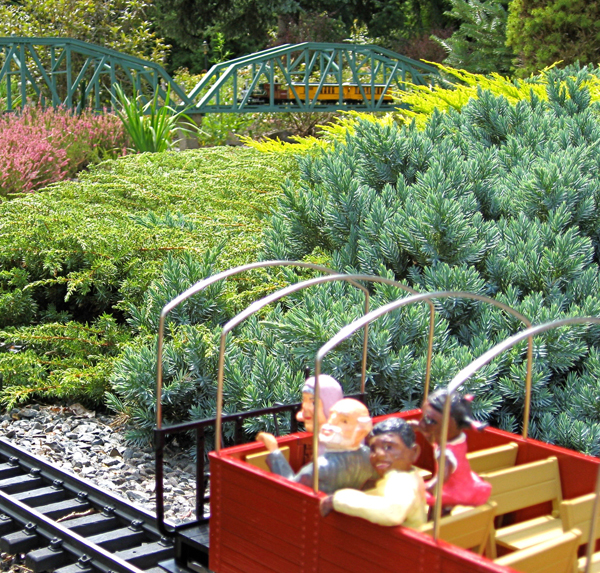
Nancy Norris Common name: Blue Star juniper Latin name: Juniperus squamata ‘Blue Star’ Plant type: Dwarf conifer USDA Hardiness Zones: 3-9 Cultural needs: Moist, well drained, neutral or slightly acidic soil; sun or part shade Plant size: 2′ x 3′, spreading Blue Star juniper is a selection from Asian parentage, the Himalayan juniper. A plant […]
Read More…
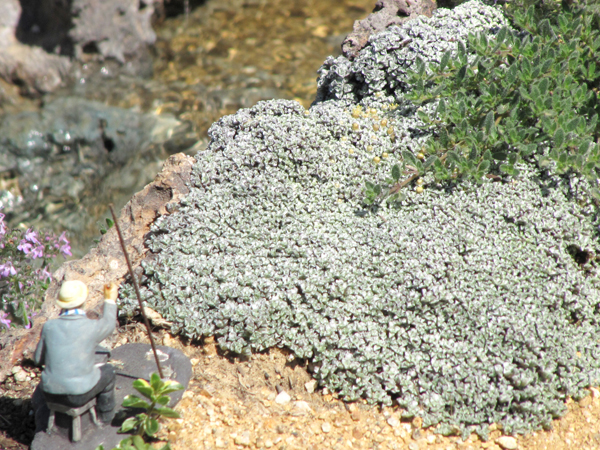
Nancy Norris Common name: Scab plant Latin name: Raoulia australis Plant type: Groundcover USDA Hardiness Zones: 5-10 Cultural needs: Dry, well-drained soil, sun or part shade Plant size: under 1″ high by 12″ wide Raoulia (Ra-OO-lee-uh) admittedly has way too many vowels but it does sound better than “scab plant,” its common name. The silvery […]
Read More…
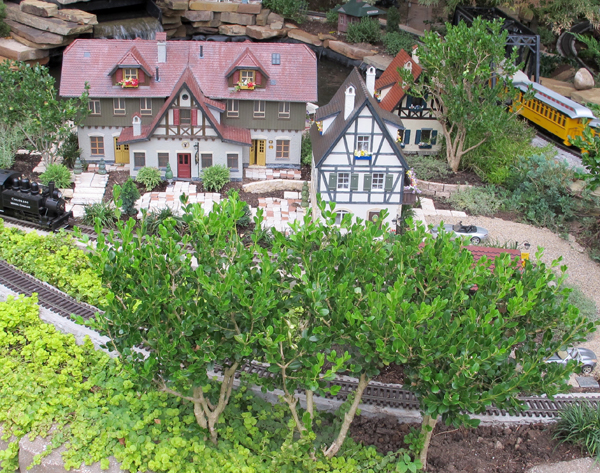
Photo 1 The Tempinski family shares the fun of working on the Perryman Valley Railroad. Michele has evolved a tree technique that works. In front, she’s lined up open clumps with multiple trunks. Several others hug the buildings. She used to grow English boxwood (Buxus sempervirens var.) but now prefers Japanese small-leaf box (Buxus microphylla […]
Read More…
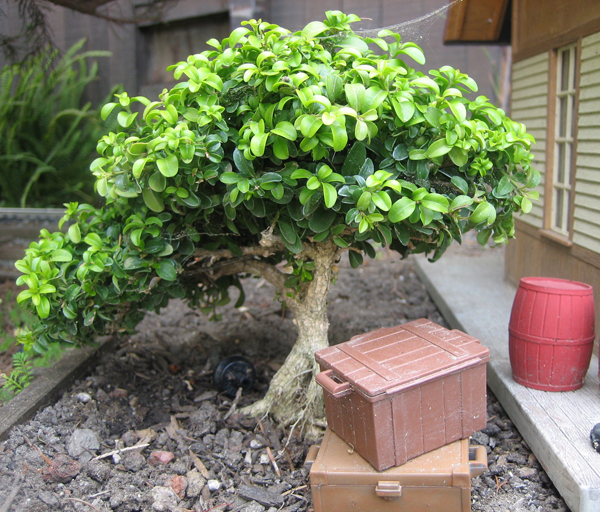
Nancy Norris Common name: Littleleaf box or boxwood, small-leaf boxwood Latin name: Buxus microphylla USDA Hardiness Zones: 5-9 (4-10 with proper cultivation) Cultural needs: Well drained, neutral or slightly acidic soil; sun or part shade Plant size: 6″ to 4′ high and wide, depending on cultivar Railroaders welcome bright-green miniatures and dwarfs from the group […]
Read More…
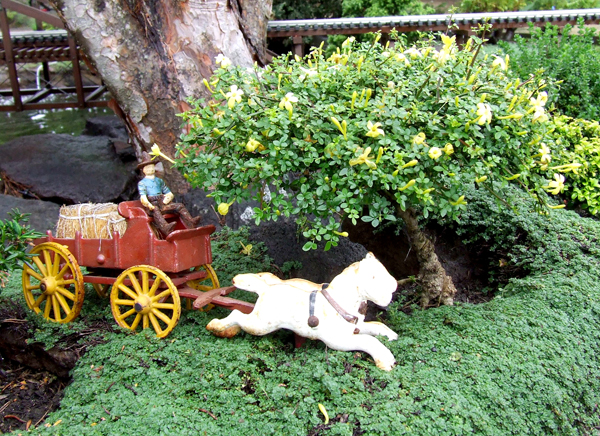
Nancy Norris Common name: Dwarf hardy jasmine, Parker’s jasmine Latin name: Jasminum parkeri Plant type: Shrubs & small trees USDA Hardiness Zones: 7-11 (overwinter indoors in lower zones) Cultural needs: Regular moisture, well-drained, slightly acidic soil, sun or part shade Plant size: 8-18″ high x 18″ wide Many plants are called jasmine but stem from […]
Read More…
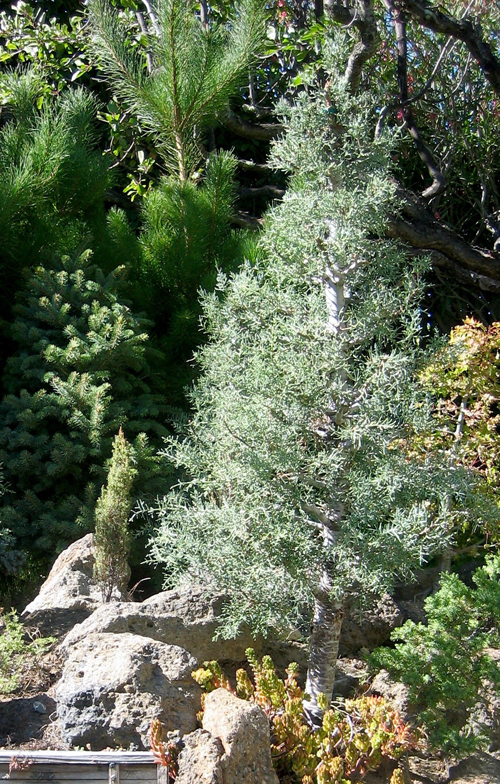
Unpruned Nancy Norris Common name: Blue Pyramid cypress Latin name: Cupressus arizonica ‘Blue Pyramid’ Plant type: Dwarf conifer USDA Hardiness Zones: 6-9 Cultural needs: Average-to-poor well-drained soil; sun or light shade Plant size: Fast growing to 20′ in 10 years but easily pruned annually to stay under 3′ Pruned Nancy Norris Blue Pyramids are just […]
Read More…
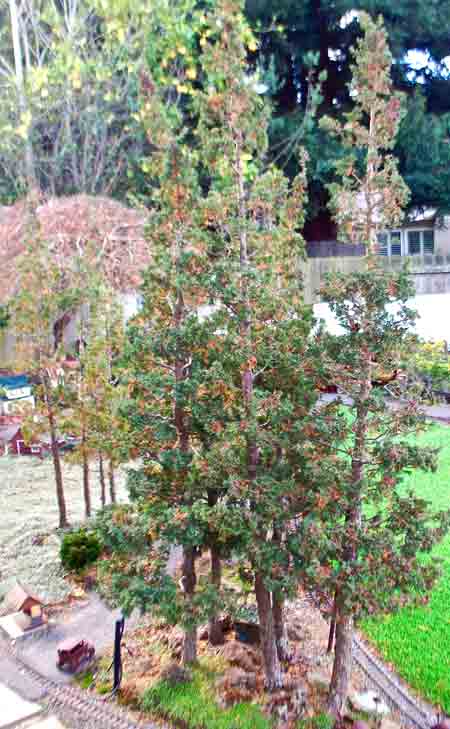
Nancy Norris Common name: Coastal white cedar, Andy’s cedar Latin name: Chamaecyparis thyoides ‘Andelyensis Conica’ Plant type: Dwarf conifer USDA Hardiness Zones: 4-10 Cultural needs: Moist, well drained, neutral or slightly acidic soil; full sun Plant size: 3′ x 1’6″ in ten years, without pruning Jack Verducci The heritage of Andy’s cedar goes back to […]
Read More…
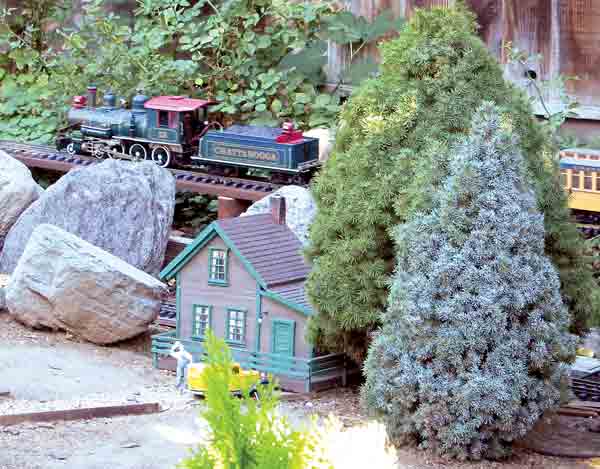
Nancy Norris Common name: Sanders Blue dwarf Alberta spruce Latin name: Picea glauca ‘Sanders Blue’ aka P.g. ‘Sanderi’ Plant type: Dwarf conifer USDA Hardiness Zones: 4-9 (winter protection in Zones 3-5) Cultural needs: Moist, well-drained, slightly acidic soil, sun or part shade Plant size: 4-6′ high by 2-3′ wide in 10 years, if not pruned […]
Read More…
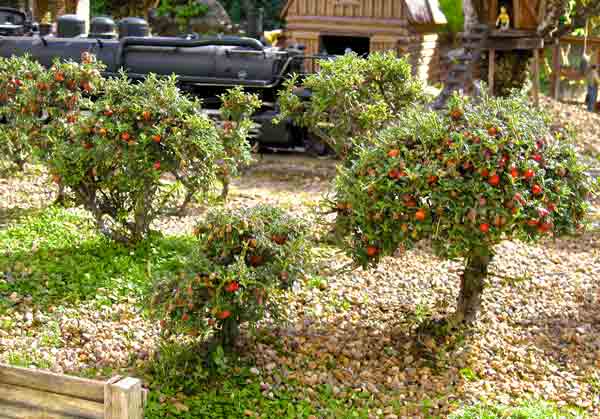
Nancy Norris Common name: Thyme-leaf rockspray, small-leaf rockspray Latin name: Cotoneaster microphyllus var. thymifolius Plant type: Shrubs and small trees USDA Hardiness Zones: 5-11 (marginally in Zone 4, with snow cover) Cultural needs: Average, well-drained soil; sun for fruit Plant size: Less than 12″ and spreading, unless trained Nancy Norris Although the common name of […]
Read More…

1. The hillside around the Skunk Holler Mine on the author’s Hoot ’n’ Holler Railroad is covered with Turkish veronica, which bursts into bloom every spring. Don Parker 2. The lighter-blue flowers in the foreground are produced by miniature speedwell (Veronica oltensis), growing shorter than Turkish veronica. Don Parker 3. Three different groundcovers flank this […]
Read More…
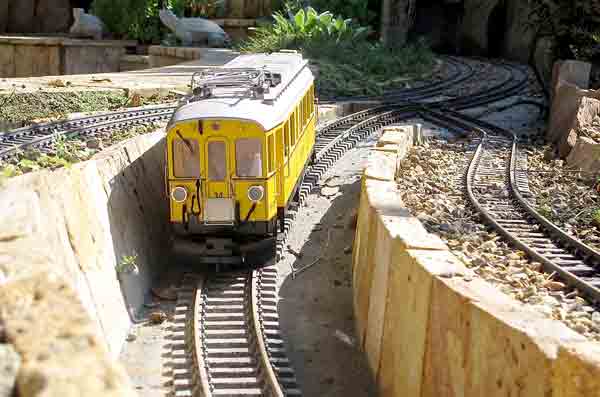
After years of dealing with rodents, like gophers and moles, burrowing into his gravel-ballasted trackbed, Bobby Waal embarked on a project to convert all roadbed to concrete, seen here under the middle track on his Alps Railway. —Photo: Nancy Norris Alamo, California, Zone 9 When using concrete forms to pour roadbed for track, I’ve developed […]
Read More…
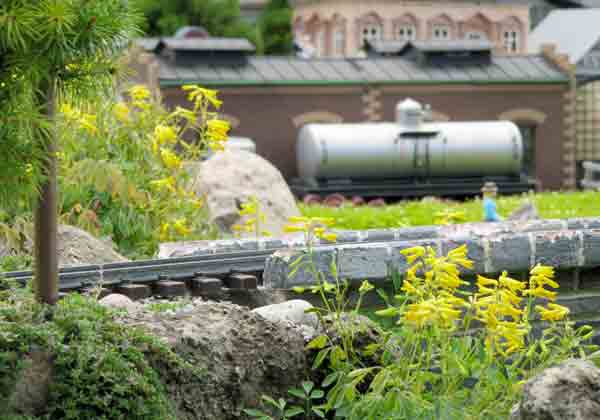
Nancy Norris Common names: False bleeding heart, Yellow corydalis, Yellow fumitory Latin name: Corydalis lutea Plant type: Perennial USDA Hardiness Zones: 4-8 Cultural needs: Moist, well drained, mildly acid or mildly alkaline soil; shade to part shade Plant size: 6-12″ Native to the southern Alps of Europe, yellow corydalis (kor-ID-ah-liss) sports tubular, spurred flowers on […]
Read More…












